Key Challenges in Ghana & Our Response
Ghana is known as the “golden child” of Africa and features a vibrant and unique culture. However, it’s also a place many impoverished children and families call home. These children suffer the damaging consequences of poverty.
Abuse, Trafficking & Violence Put Children at Risk
Child abuse and trafficking are consistent threats throughout many countries like Ghana. Close to 90% of children regularly experience violent discipline. Thousands of children are exploited through hazardous work in the cocoa industry. And thousands of children are living — and sometimes working — on the streets.
Our Response: Protecting Children Through Intervention & Training
Compassion prioritizes the protection of the children we serve. We train our staff and volunteers to see and respond to the warning signs of abuse and violence, ensuring they know how to intervene quickly.
We also train parents on their children’s rights and teach children to use their voices to stand up for themselves and others.
Malnutrition & Lack of Medical Care Threaten Children
Throughout Africa, the lack of proper nutrition, vitamins and medical care for moms threaten babies from the womb. In fact, recent data shows that sub-Saharan Africa has the highest infant mortality rate in the world at 27 deaths per 1,000 live births.
Our Response: Providing Medical Care & Nutrition Support to Moms & Babies
Compassion partners with local churches to care for mothers and babies through our Survival programs. These programs offer expecting moms access to critical health services and support like vitamins, nutrition support and checkups.
Our Survival programs also cover the cost of delivery and provide emotional support for families as they go through childbirth. This support continues throughout a child’s first year of life, ensuring they have what they need to thrive from the start.

A young boy stands next to a wooden boat with the ocean behind him.
Caption
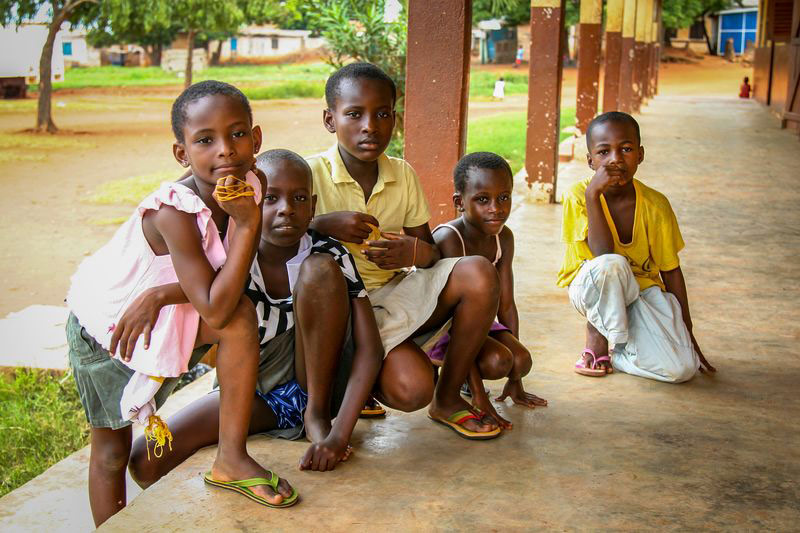
Young children take a break from playing to pose for a picture.
Caption
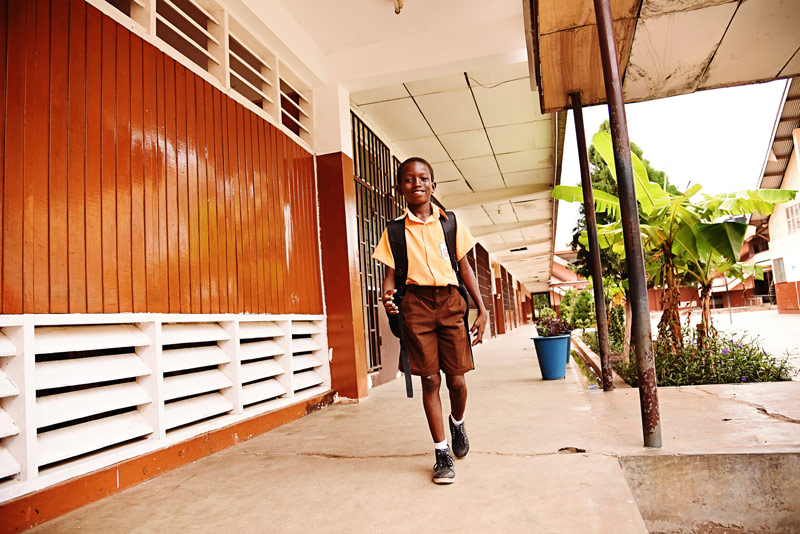
A boy wearing a backpack walks outside classrooms.
Caption
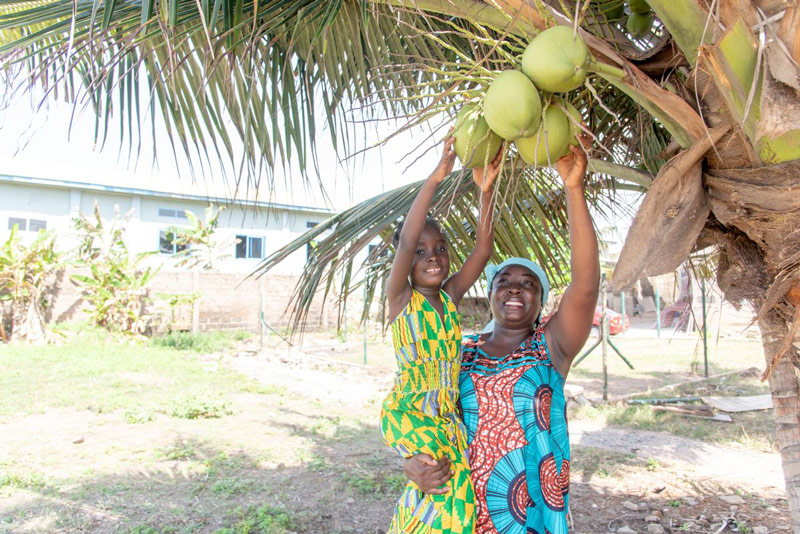
A girl and her mother smile as they reach for a coconut.
Caption
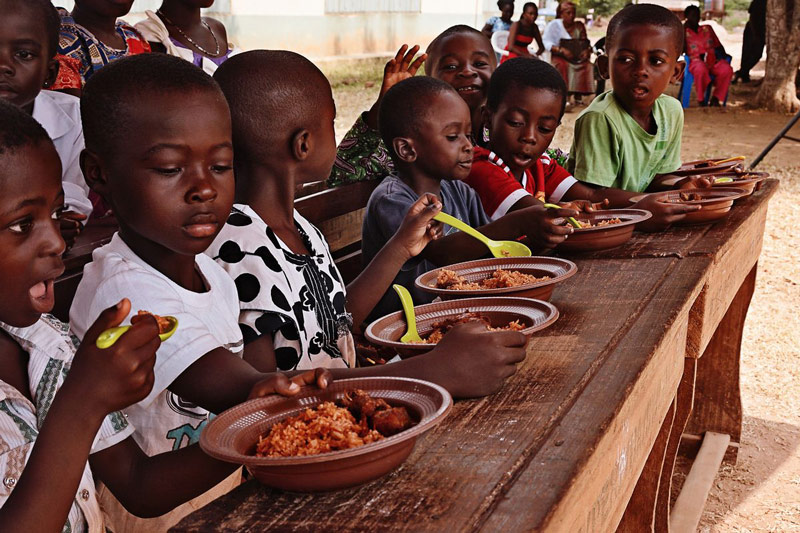
A group of children are ready to enjoy a special Christmas meal.
Caption

An older boy tosses a soccer ball into the air.
Caption
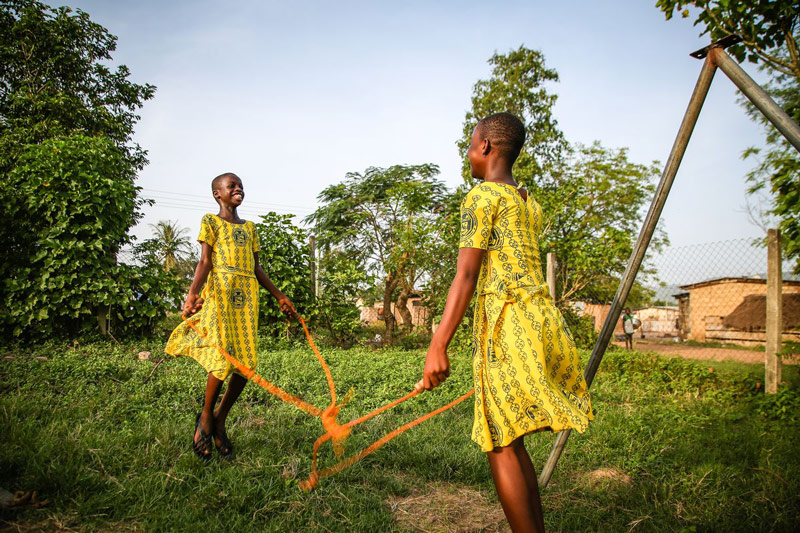
Two smiling girls play a game while holding a rope.
Caption
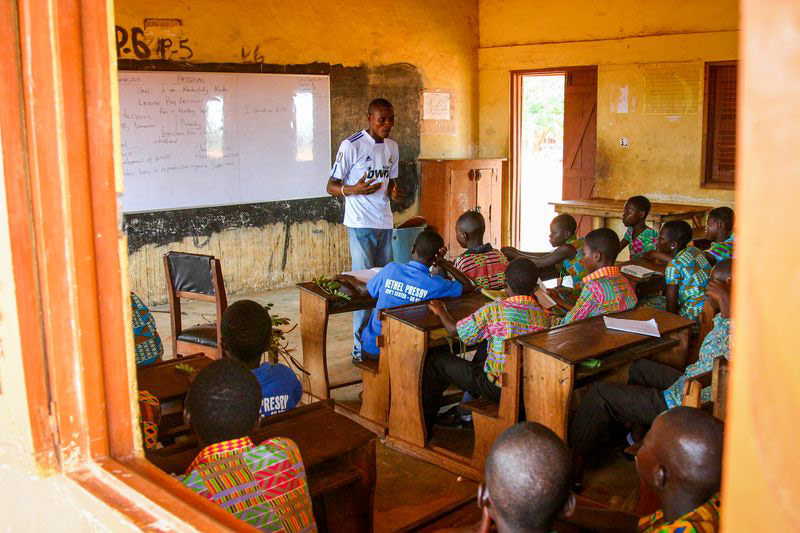
Children sit in a classroom and listen to their teacher.
Caption
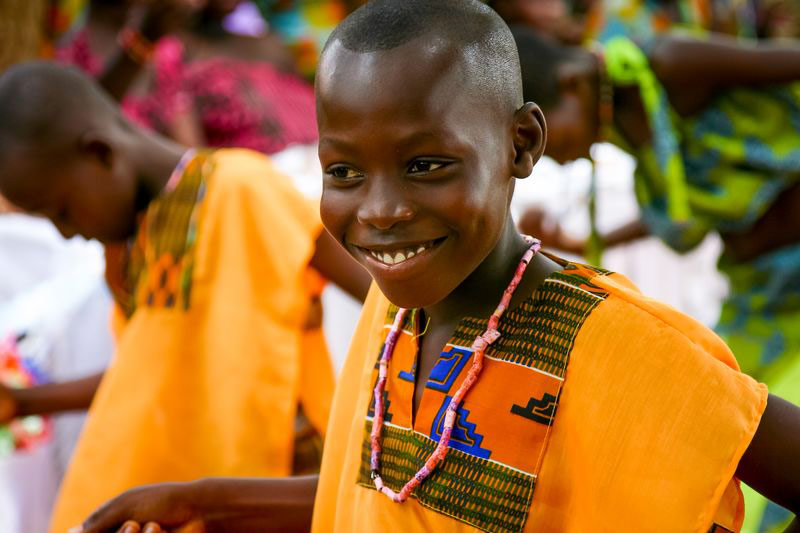
A smiling boy wears a brightly colored shirt and necklace.
Caption

A smiling girl wears a backpack while walking down a dirt road.
Caption